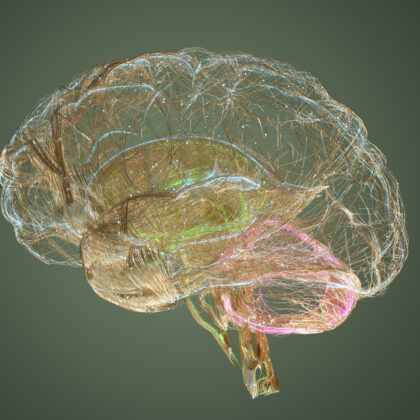Handing Over in Neurosurgery: Practice, Practice and Practice
It is a pleasure to work with Cambridge University Press (CUP) once again. It is well known that neurosurgical selection is extremely competitive, and that neurosurgical training is long and tough. It requires at times an inexhaustible commitment to work through a kaleidoscopic world of clinical nuance, surgical planning and changeable decision making, inward reflection on triumph and catastrophe embedded in a continually evolving academic landscape which shapes the specialties mission to treat surgical neurological disease to an ever-increasing standard of excellence.
The clinical presentations in neurosurgery are often complex and due to this specialty being dominated by emergency referrals, staffed by registrars on sparsely populated rotas, a system to absorb at times highly disorganised and disparate patient histories and examinations and transform these into logical thought processes for consumption of registrar and consultant colleagues to enable implementation of clear plans is always required.
This requires practice, and continual exposure to constructive criticism, to ensure a neurosurgical registrar develops a refinement of language to communicate a clinical problem, and potential solution, in as concise a manner as possible. The reason for an emphasis on cogency of language is that neurological symptoms and signs are enormous: it is no secret that learning about neurology from both a medical and surgical perspective in medical school is not straightforward. However, complex histories can be summarised using language neurosurgeons understand, e.g. instead of saying “this patient on fundoscopy has right optic atrophy and contralateral papilloedema and has anosmia” one perhaps could say “this patient has Foster Kenndy syndrome”, as all neurosurgeons know the three component parts.
Undoubtedly, getting this information from a doctor making a referral at 2am might require time and patience (as it does for all specialties in medicine) and in more complex cases a lot of time (requiring multiple calls and updates from a referring doctor) can be taken. But handing over this case at a morning meeting does not require an exhaustive description of the multiple calls and frustrations one might have had gaining a fuller clinical history and examination. The salient points need communicating in as concise a manner as possible to enable people to make a robust clinical decision. Or support your clinical reasoning and then to move on.
The neurosurgical centres which have daily departmental handovers as led by a registrar and involving all tiers of doctor from consultant through to foundation doctor, sometimes unbeknownst to them, are engaging in an invaluable tried and tested method of exposing registrars to consultant level feedback on their clinical reasoning and consultant level nuance in more complex cases. Fundamentally, it exposes registrars to the fact that a lot of cases in neurosurgical practice can have, to the less experienced registrar, a divergent and at times contradictory range of opinions, but to the experienced registrar, the adage exists that two things can be held as true simultaneously.
This Element, Neurosurgical Handovers and Standards for Emergency Care, was written to communicate the importance of handing over cases and how aspiring towards excellence in communication is important throughout every interaction when handing over a patient is needed, e.g. formal departmental morning meetings, to colleagues coming on call, to colleagues taking over care of a patient and to colleagues in non-neurosurgical specialties. Under no circumstances do I consider myself excellent in this domain as ironically this is something I had to work hardest at during neurosurgical training. A great piece of advice which was afforded to me was to observe and listen to those considered excellent at communicating. We can all learn from each other and a departmental morning meeting is a superb way to learn from others.

Title: Neurosurgical Handovers and Standards for Emergency Care
Authors: Simon Lammy and Jennifer Brown
ISBN: 9781009548458






